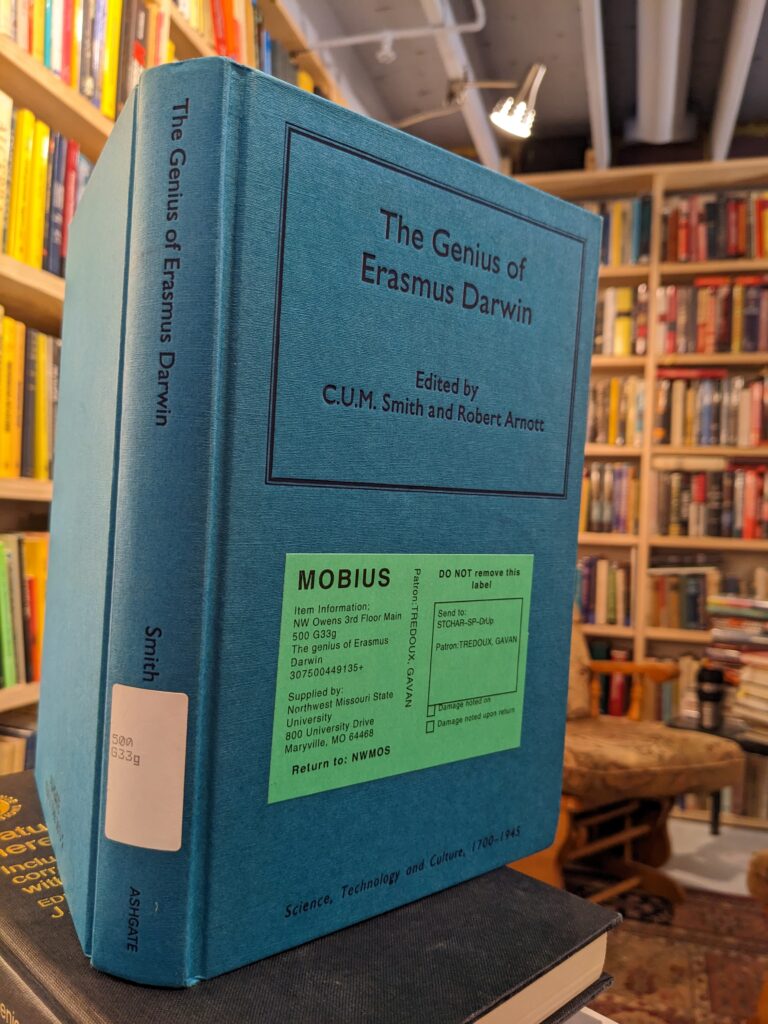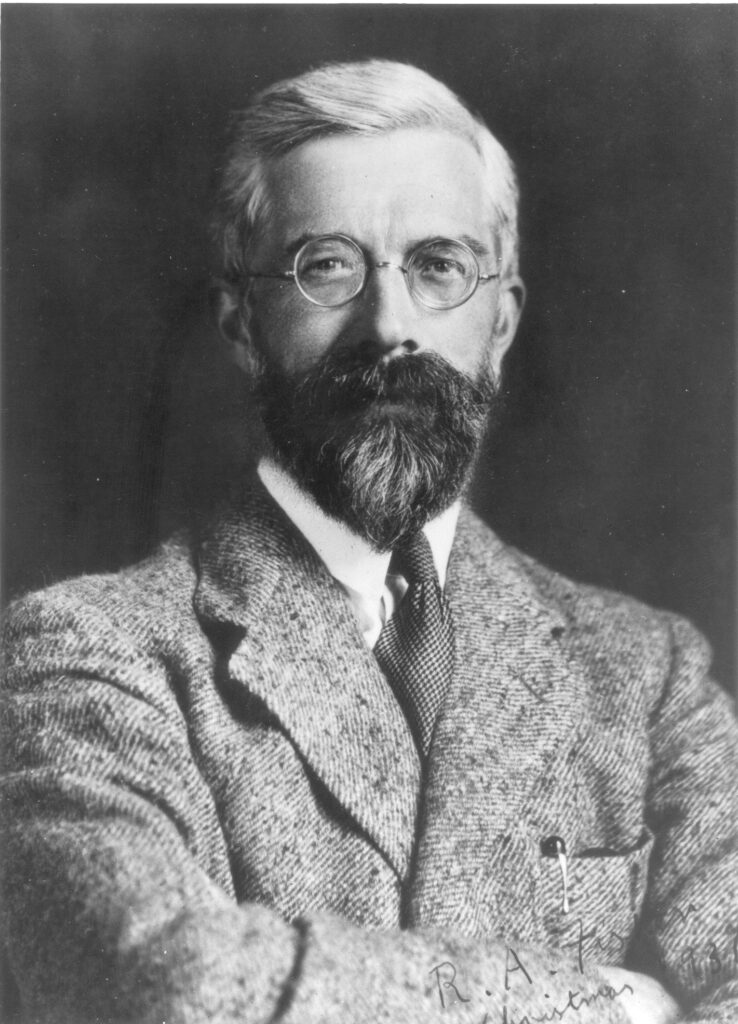
Erasmus Darwin is an interesting character. R.A. Fisher thought highly of him. But claiming that he invented a rocket engine on the basis of a vague, un-captioned doodle in his commonplace book is unwise. Desmond King-Hele has made a lot of far-fetched claims of that kind. They will backfire, like rockets do. Or injure the occupant, as that unstable bathchair carriage invented by the good physician did and crippled him for life.
As the editors of this collection The Genius of Erasmus Darwin (2005) note, Erasmus had a famous grandson, Charles Robert Darwin, the naturalist. That one. On reading this I was struck: did he not have some other famous grandson? Hmm.
Why yes, he did. Francis Galton! Who was rather more like Erasmus than Charles was, since he was a polymath too, and particularly shared his grandfather’s interests in machinery and instruments. He was also responsible for having a plaque erected to Erasmus at Lichfield.
But Francis had rather different ideas about heredity. Erasmus believed that one’s state of mind during copulation affected the characteristics of the offspring. The ultimate soft-heredity. De Candolle believed that too. It is a rich source for humour, and a good measure.
So I flipped to the index to look for Galton. Surely one of the other contributors to this collection would have mentioned him? The only Galton mentioned is one of Erasmus’s patients, Samuel, Francis’ other grandfather. Oh and Mary Anne too: Samuel’s daughter and Frank’s aunt. But no Frank!
Odd. So I turn to the scanned copy at google books and search that. This turns up a ref to a letter to Lucy Galton, Frank’s grandmother and a patient of Erasmus, not in the index. Still no Frank. So this is getting very weird.
The book has 24 chapters by all sorts of different people. I chose one of these chapters, which is about heredity. It mentions all sorts of things, including eugenics, but not Francis Galton, who coined the very word and is Erasmus’ Grandson! It mentions C.B. Davenport, a Francis Galton disciple, and all sorts of people connected, but no Frank. Zip.
So this is like one of those movies in which the subject has a car accident and wakes up with some key element of history removed, to his utter confusion. Everyone he talks to gives him a blank stare when he mentions the erased person. Like that weak one about The Beatles.
One should certainly never attribute to artifice that which can be explained by stupidity and ignorance, and both of those are in full evidence in this collection. So we must ask: was this a deliberate editorial intervention? Or just plain stupidity and ignorance?
Accidental omission 24 times in a row and omission from all the directly relevant chapters, concerned with subjects Francis Galton contributed heavily to, cannot be plausible. Many key papers, letters etc. about Erasmus are in the Galton Papers at UCL. I have handled them there myself. Deliberate erasure then.
The collection is from a conference to celebrate the 200th anniversary of the death of Erasmus Darwin, apparently held in 2002. The book was published in 2005. I doubt if many have read it, since it is ridiculously overpriced.
Next, the new edition of the Great Soviet Encyclopedia, with scissors.
I wrote more about Galton’s advocacy of his grandfather over at Ideas Sleep Furiously.



